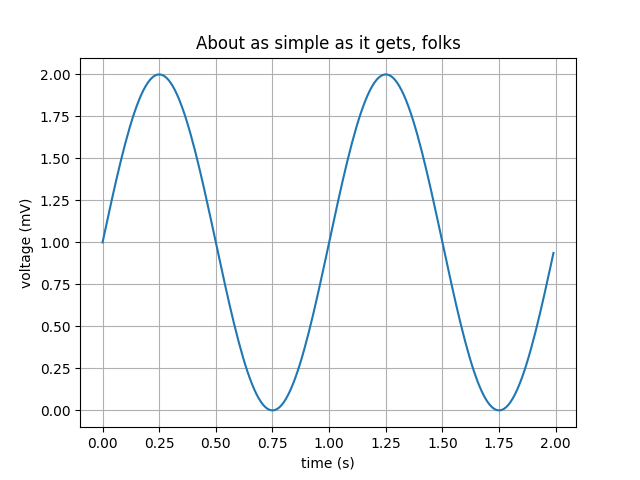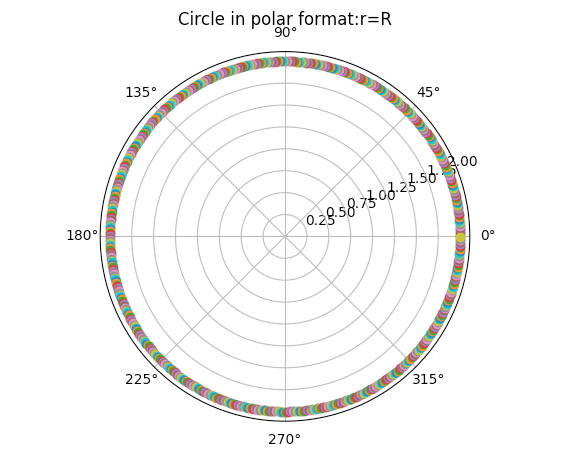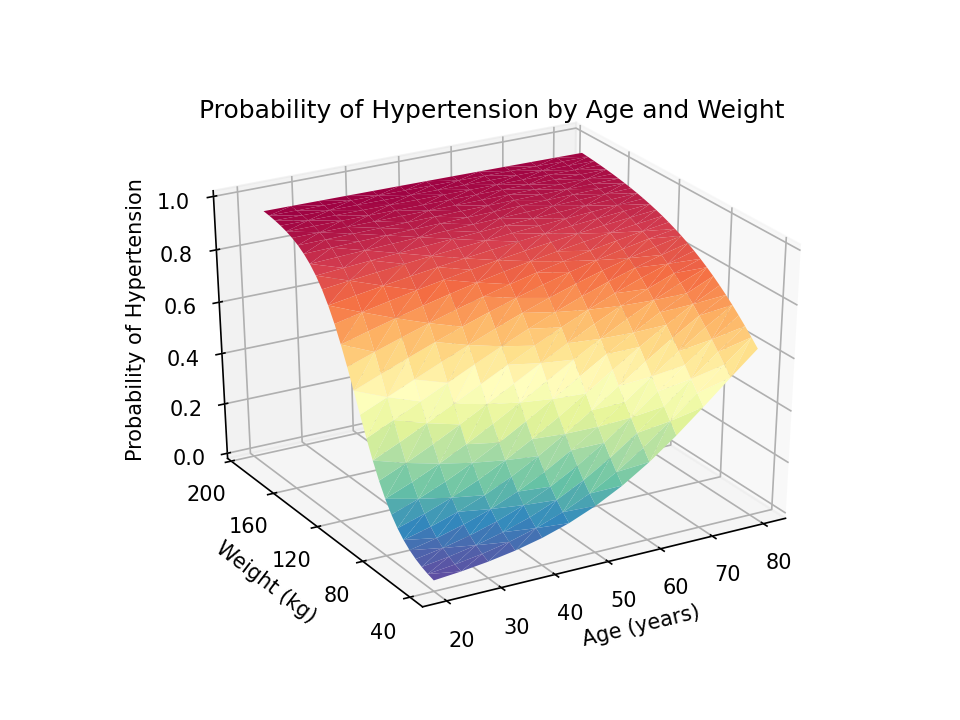Plots Python
[Matplotlib](https://matplotlib.org/ is a powerful two-dimensional plotting library for the Python language. Matplotlib is capable of creating all manner of graphs, plots, charts, histograms, and much more.
In most cases, matplotlib will simply output the chart to your viewport when the .show() method is invoked, but we’ll briefly explore how to save a matplotlib creation to an actual file on disk.
Scatteplot is a classic and fundamental plot used to study the relationship between two. Welcome to the Python Graph Gallery. This website displays hundreds of charts, always providing the reproducible python code! It aims to showcase the awesome dataviz possibilities of python and to help you benefit it. Feel free to propose a chart or report a bug. Any feedback is highly welcome. Matplotlib is the most widely used scientific plotting library in Python. Plot data directly from a Pandas dataframe. Select and transform data, then plot it. Many styles of plot are available: see the Python Graph Gallery for more options. Matplotlib is a Python library that helps in visualizing and analyzing the data and helps in better understanding of the data with the help of graphical, pictorial visualizations that can be simulated using the matplotlib library. Matplotlib is a comprehensive library for static, animated and interactive visualizations.
Using matplotlib

While the feature-list of matplotlib is nearly limitless, we’ll quickly go over how to use the library to generate a basic chart for your own testing purposes.
Plots Python Range
Like all Python libraries, you’ll need to begin by installing matplotlib. We won’t go through the installation process here, but there’s plenty of information in the official documentation.
Animated Plots Python
Once installed, import the matplotlib library. You’ll likely also want to import the pyplot sub-library, which is what you’ll generally be using to generate your charts and plots when using matplotlib.
Now to create and display a simple chart, we’ll first use the .plot() method and pass in a few arrays of numbers for our values. For this example, we’ll plot the number of books read over the span of a few months.
We can also add a few axis labels:
Finally, we can display the chart by calling .show():

The savefig Method

With a simple chart under our belts, now we can opt to output the chart to a file instead of displaying it (or both if desired), by using the .savefig() method.
The .savefig() method requires a filename be specified as the first argument. This filename can be a full path and as seen above, can also include a particular file extension if desired. If no extension is provided, the configuration value of savefig.format is used instead.
Plots Python Legends
Additional savefig Options
Box And Whisker Plots Python


In addition to the basic functionality of saving the chart to a file, .savefig() also has a number of useful optional arguments.
dpican be used to set the resolution of the file to a numeric value.transparentcan be set toTrue, which causes the background of the chart to be transparent.bbox_inchescan be set to alter the size of the bounding box (whitespace) around the output image. In most cases, if no bounding box is desired, usingbbox_inches='tight'is ideal.- If
bbox_inchesis set to'tight', then thepad_inchesoption specifies the amount of padding around the image.
There are a handful of additional options for specific occasions, but overall this should get you started with easily generating image file outputs from your matplotlib charts.